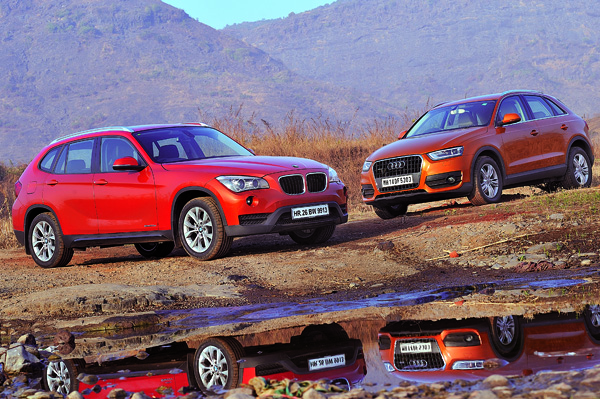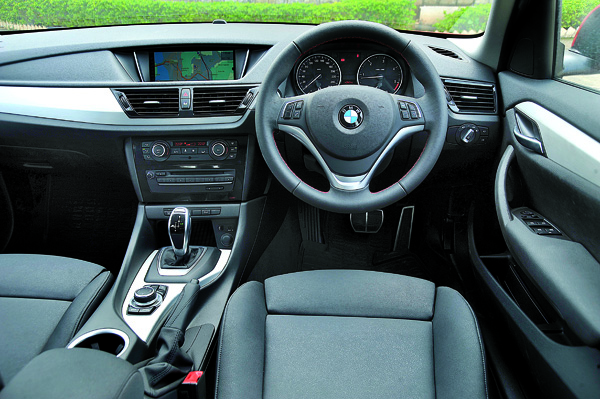When it launched in India two years ago, the BMW X1 had no competition to worry about, and went on to become quite popular. But not too long after, Audi got its act together and launched the Q3 to rival the X1.
The Q3 immediately scored over the X1 with its upright posture and premium interiors. It even appealed to buyers more because of its higher seating position and all-wheel-drive configuration.
Far from taking it lying down though, BMW is ready for a fresh assault in the form of the revised X1. It brings with it cosmetic, interior and mechanical upgrades that address the old X1’s weaknesses.
What will further help the X1’s case is its price. At Rs 23.5 lakh for the top-spec X1 sDrive 20d Sportline that we’ve tested here, it costs Rs 2.6 lakh less than the Audi Q3 2.0 TDI High.
So, with all its updates, is the facelifted X1 now good enough to convince buyers that it’s better than the Q3?

DESIGN & ENGINEERING
The main differences in the X1’s exteriors lie in the lower parts of the front and rear bumpers and side skirts, which now get an upmarket glossy finish to their plastic cladding. The headlamps retain the same familiar shape as before, but receive new internal elements, including LED corona rings in some variants. The X1 now also gets reshaped exterior mirrors that incorporate side repeater lights.
However, when parked next to the Q3, the X1 still has the distinct air of an estate car or station wagon, and this is something that works against it. The Q3, with its taller proportions, big grille and gently sloping D-pillar, stands out more prominently as an SUV.
The big change on this X1 is the switch from the six-speed automatic to the eight-speeder we’ve seen on all of the more recent BMWs. It is, unlike the Q3’s seven-speed twin-clutch unit, a regular torque-converter affair. Also new on the X1 is the electromechanically assisted power steering – a switch from the hydraulic power steering of the old X1.
The X1 also gets a lot of fuel-saving kit that the Q3 doesn’t have. There’s a stop-start function and an Eco Pro driving mode that alters throttle response and climate control settings for better efficiency. The X1’s lighter 1500kg kerb weight (the Q3 weighs 1585kg) also helps.
Like before, neither gets a full-size spare wheel. The X1 makes do with run-flat tyres, while the Q3 gets a space-saver.



